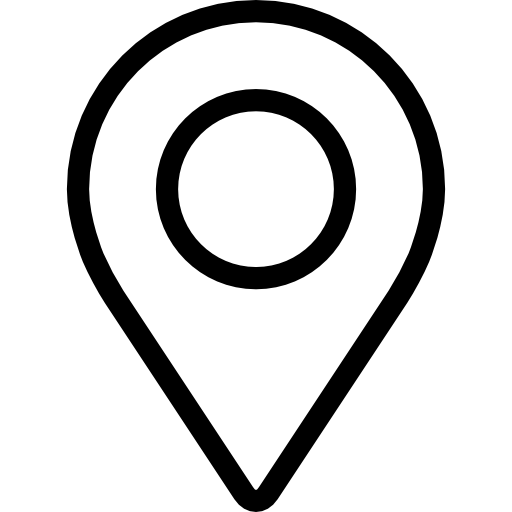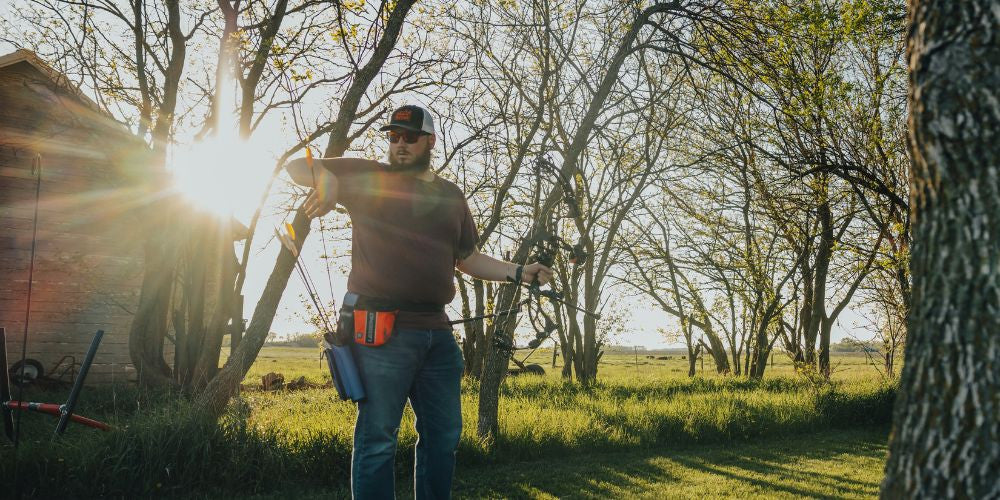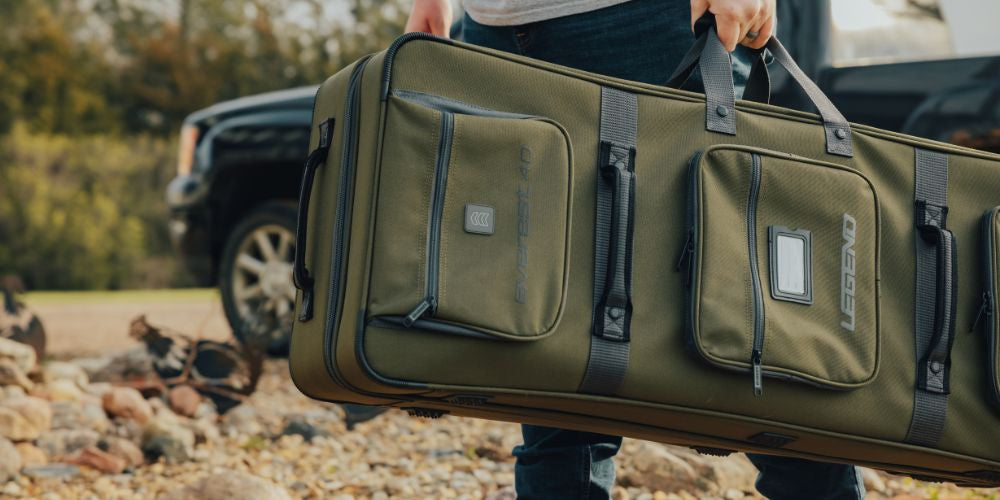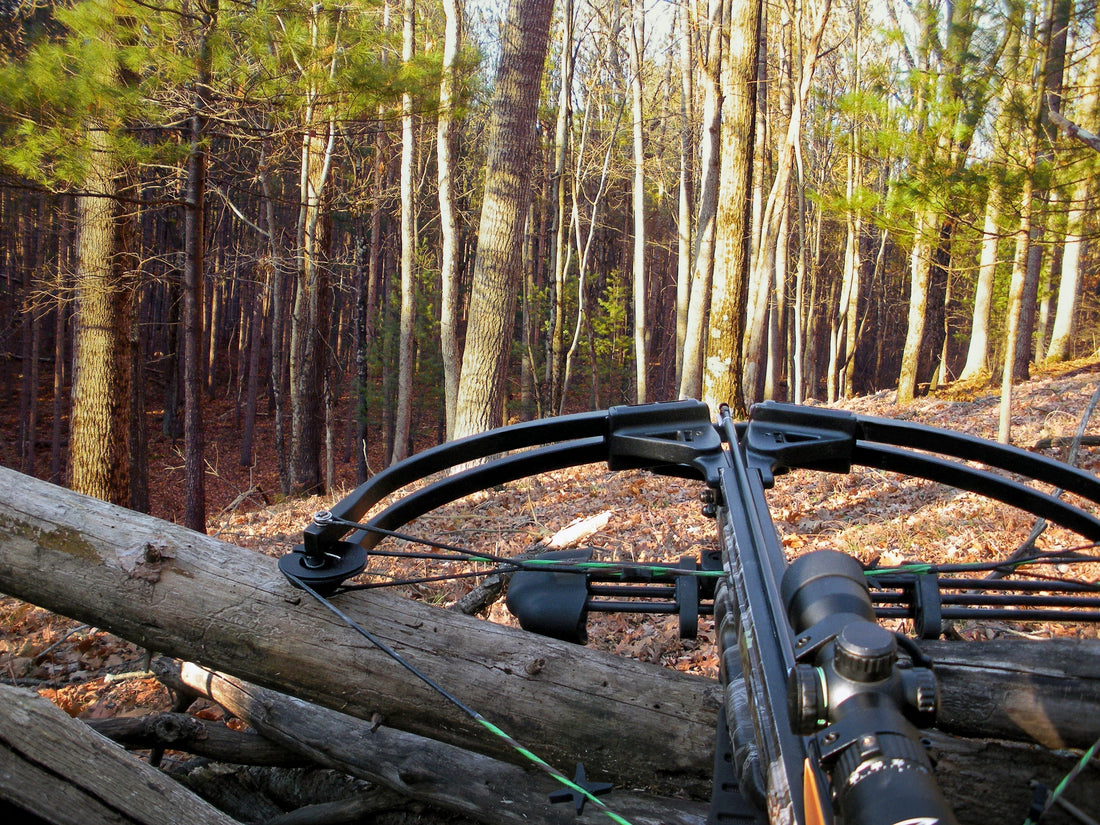Understanding Crossbow Basics
Crossbows have become increasingly popular among US-based bowhunters for their power, accuracy, and ease of use. Unlike traditional bows, a crossbow allows hunters to hold a drawn position without exerting continuous effort, making it an excellent choice for hunters of all skill levels.
With their advanced technology, crossbows provide an efficient way to hunt game at longer distances with precision. Understanding their mechanisms, proper usage, and maintenance is key to ensuring a successful and safe hunting experience.
Key Differences Between Crossbows and Traditional Bows
- Design: Crossbows feature a horizontal bow mounted on a stock, similar to a rifle.
- Power: Crossbows generally have higher draw weights and can generate more kinetic energy.
- Aim and Hold: Unlike compound or recurve bows, crossbows allow hunters to maintain their aim without drawing the string.
- Ease of Use: Crossbows require less physical strength and training compared to traditional bows, making them ideal for beginners.
Crossbow Setup: Getting Started
Setting up your crossbow correctly ensures both accuracy and safety. Follow these steps:
- Assemble the Crossbow: Follow the manufacturer’s instructions for attaching the limbs, string, and scope.
- Use a Proper Case: Store and transport your crossbow safely with a durable case like the Heron Crossbow Case.
- Load and Cock Correctly: Use a cocking aid to ensure an even draw and avoid accuracy issues.
- Choose the Right Arrows: Ensure you're using properly matched arrows.
- Adjust Your Scope: A properly sighted scope enhances your accuracy and ensures your shots are on target.
- Practice Regularly: Before heading out on a hunt, spend time at a range to get comfortable with your crossbow.
Crossbow Safety Tips
Practicing crossbow safety is essential for preventing injuries. Here are some crucial tips:
- Always Check Your Crossbow: Inspect for wear and damage before every use.
- Keep Fingers Away from the Rail: Ensure fingers are below the rail when firing to prevent injury.
- Use Proper Shooting Techniques: Learning how to steady your aim is crucial.
- Unload After Hunting: Never store a cocked crossbow; always discharge it safely.
- Be Aware of Your Surroundings: Ensure no one is in your line of fire before taking a shot.
- Use a Rope Cocking Device: This helps maintain an even draw and improves shooting consistency.
Best Practices for Ethical Hunting
Responsible bowhunting goes beyond just knowing how to shoot. Ethical hunting practices ensure the conservation of wildlife and respect for the sport. Whether you're a beginner or an experienced hunter, it's important to always seek answers to key questions about bowhunting. Learn more by reading these essential bowhunting questions.
- Know the Laws: Always check local hunting regulations regarding crossbow use.
- Target Selection: Aim for a clean, humane shot to minimize suffering.
- Tracking Skills: Learn how to track your game effectively if your shot does not result in an immediate takedown.
- Respect the Environment: Follow the principles of Leave No Trace and avoid damaging habitats.
Conclusion
Understanding crossbow basics is key to improving your hunting skills while maintaining safety in the field. By setting up your crossbow correctly and following proper safety guidelines, US-based bowhunters can enhance their hunting experience while minimizing risks.
Whether you're a beginner or an experienced hunter, investing in the right equipment and continually improving your technique will make every hunting trip safer and more rewarding.
 cust@legendarchery.com
cust@legendarchery.com 302 503 5767
302 503 5767 Sauk Village IL 60411
Sauk Village IL 60411


